Search
Altagamma is the global landmark for the understanding of the luxury market. Every year the Foundation releases eight researches conducted in partnership with some of the most prestigious international partners.
The luxury markets are analysed by looking at demand and supply with specific in-depth analysis and forecasts on consumption, consumer profiling, digital, retail and specific product category.
The access to the reports is reserved to Altagamma Companies. Abstracts are available in the press releases area.

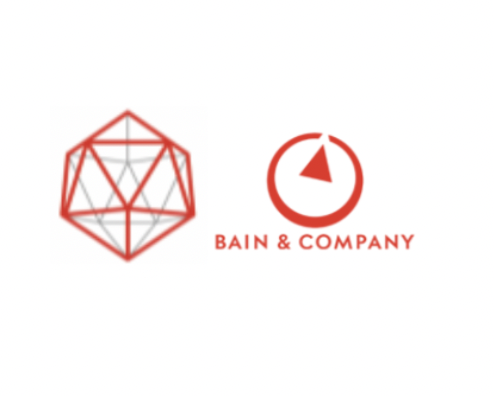

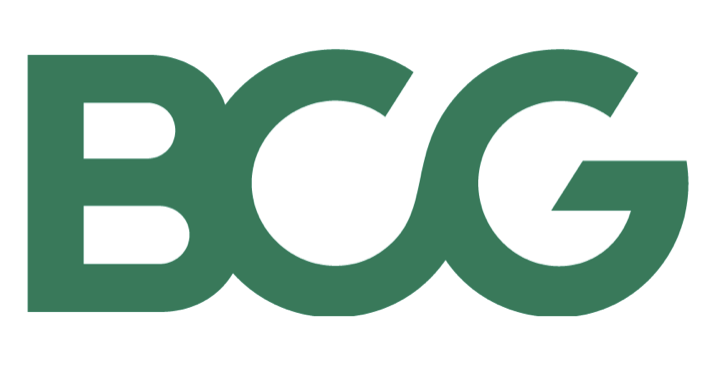
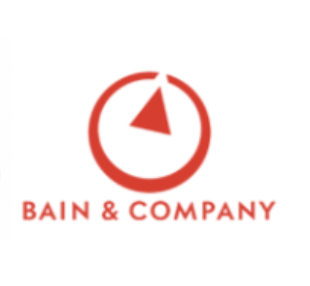


According to the study produced by Altagamma with the input of 21 leading Italian and international analysts in the sector, a moderate market growth is forecast for 2025 due to the international macroeconomic situation, which remains uncertain due to various factors: inflation, high interest rates, geopolitical tensions, price increases and a drop in the purchasing power of medium-high-end consumers.

Global luxury spending is expected to reach nearly €1.5 billion in 2024, remaining relatively flat compared to 2023, with an estimated growth rate between -1 and 1% year over year at constant exchange rates. Global luxury consumers, grappling with macroeconomic uncertainty and continued price elevation among brands, are cutting back on discretionary items. As a result, the personal luxury goods market is expected to see its first slowdown since the Great Recession, excluding Covid, experiencing -2% erosion, at current exchange rates, compared to last year.

Beyond Luxury consumers, with an annual personal spend of more than €50,000, represent less than 1% of the total number of luxury clients. In terms of spending, however, they account for 21% – more than 200 times the average consumer. Their importance has doubled compared with 10 years ago. Also growing in importance are Client Advisors, who form strong bonds with Beyond Luxury consumers – sometimes closer relationships than with the brands themselves. These are increasingly central and highly professional individuals whom companies must therefore attract, train, and retain.


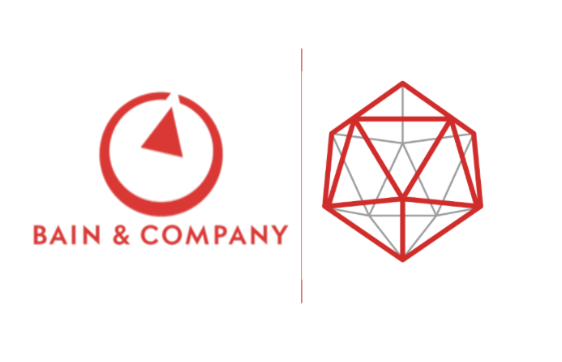
The evidence on the market trend and future forecasts in the Altagamma Consensus 2024, presented by Stefania Lazzaroni, General Manager of Altagamma, and created with the support of the most important analysts financial institutions and in the Altagamma-Bain Worldwide Luxury Market Monitor, presented by Claudia D'Arpizio and Federica Levato, Senior Partners of Bain & Company.
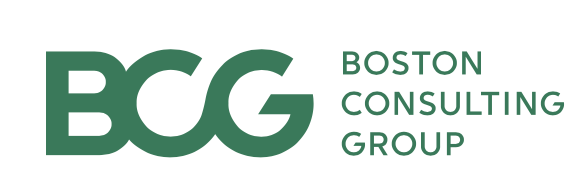
Positive sentiment and optimistic outlook with 40% True-Luxury consumers expecting to spend more in Luxury in next year. UAE and Saudi Arabia toward doubling the sector size. Distribution: moving toward a fusion of physical and digital. Retail outlets shrinking and concentrated in 25 major cities globally.
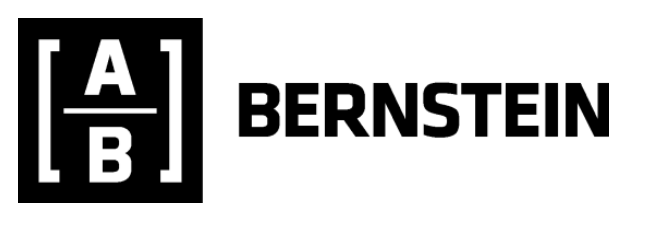
Distribution: moving toward a fusion of physical and digital. Retail outlets shrinking and concentrated in 25 major cities globally.
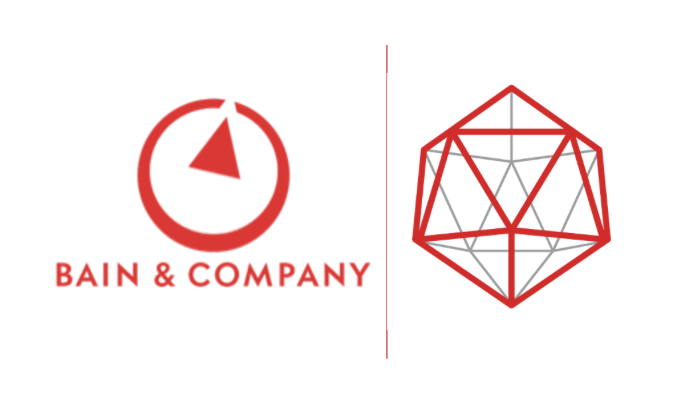

The Digital Competitive Map analyzes the digital performance of the Altagamma Members, as well as the major international players in design, hospitality, food, jewelry and fashion. It is the base for the ranking of the Altagamma Digital Awards.
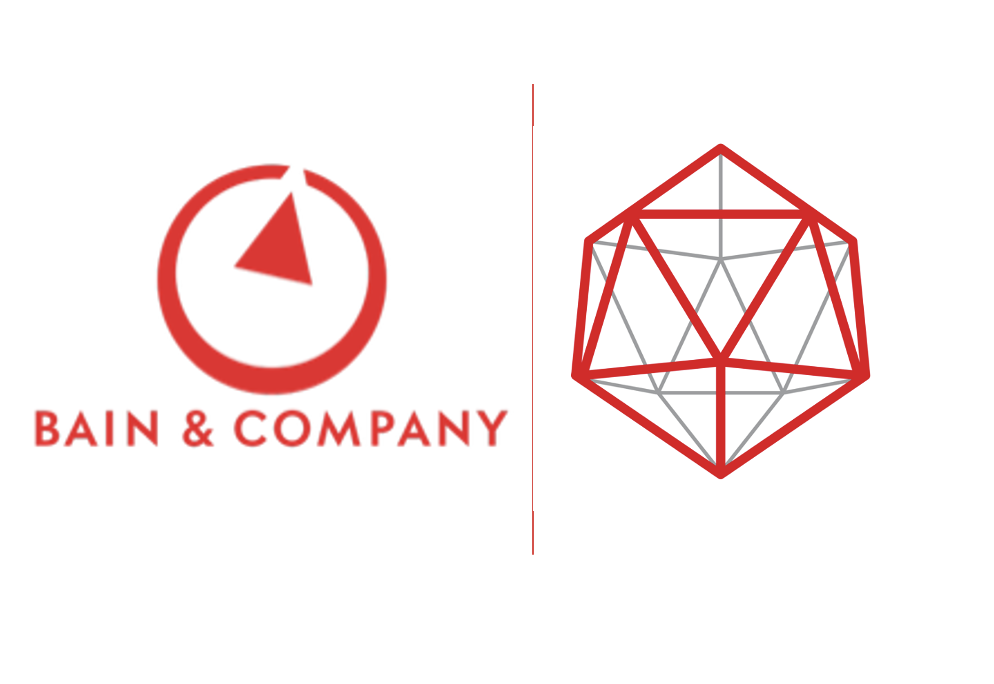


Trends, figures and forecast for the worldwide high-end design market





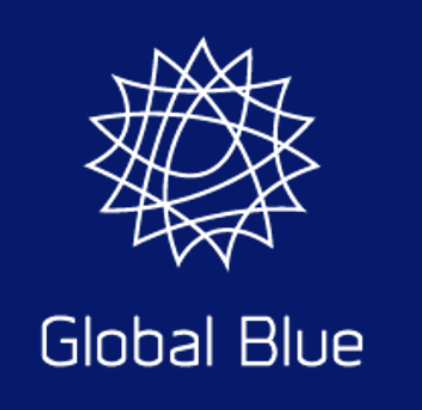

The WGSN Trend Forecast presented by Lisa White during the lauch event of NEXT DESIGN PERSPECTIVES 2021

A year and a half after the onset of the pandemic, the 8th edition of the Altagamma-BCG study takes a deep look into the evolution of the high-end consumer behavior.




The proven tool, developed by Contactlab, for evaluating the digital positioning of luxury brands which this year measured the performance of 44 brands based on 271 parameters.



Second Edition of the study focusing on the 2019 performance of the Altagamma Brands in more than 35 digital media channels, in 8 categories, with an insight on the Covid-19 phase.
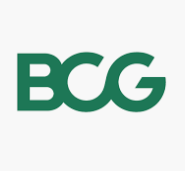

Presented by Luca Solca, Bernstein.


Altagamma Forecast on the Worldwide Personal Luxury Goods Industry in 2020
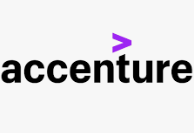
Accenture partnered with Altagamma to design the Social Luxury Index and track the performance through a dedicated platform.
The analysis focuses on 2018 spontaneous public conversations (mentions) on top global social media and most relevant blogs.


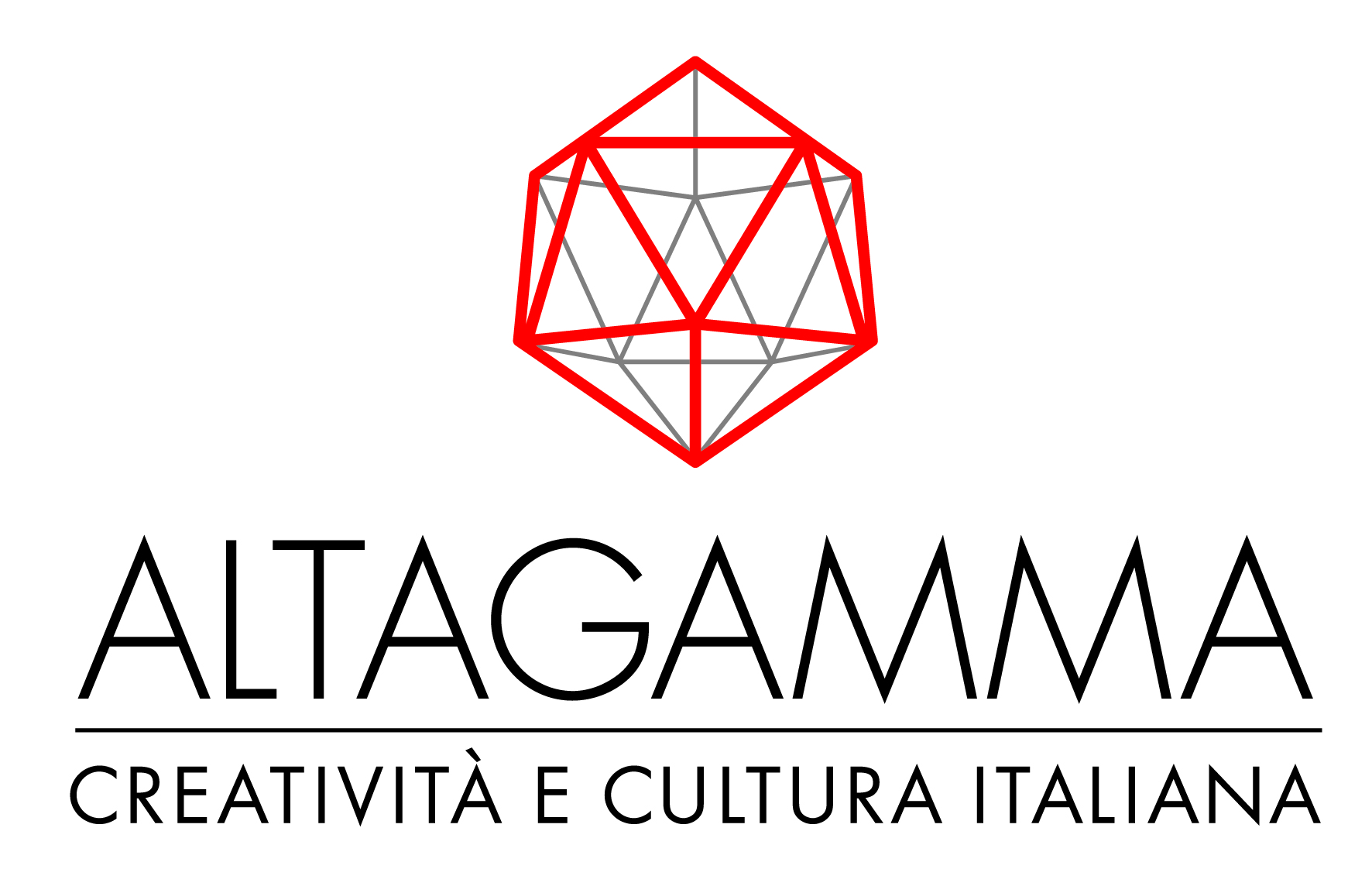

An overview on the Digital Luxury Market, with insight on the importance of Omnichannel, the new luxury channel ecosystem, the Brand storytelling in a digital age and the new technologies to guarantee authenticity and provenance.

The digital postitioning of Luxury Brands

Forecast on the Worldwide Personal Luxury Goods Industry in 2019, according to the main analysts. Apparel and Art de la Table are expected to grow slightly higher than November forecasts. The highest growth rate is expected for Accessories: +7%. Beauty products and hard luxury are forecast to grow steadily.

The global personal luxury goods market reached a “new normal” pattern of growth, following back-to-back years of strong performance in 2017 and 2018. In 2018, 6 percent global growth (at a constant exchange rate) led to €260 billion in sales, which is expected to balloon to €271-276 billion in 2019, registering an expected 4 percent to 6 percent growth at constant exchange rates

18.5 million elite consumers (4% of the total) account for 30% of luxury consumption in the world (€920 billion in 2018). The Second-Hand Market and Collaborations between brands are the new trends. Good news for ‘Made In Italy’ whose positive reputation has grown compared with that of French products.
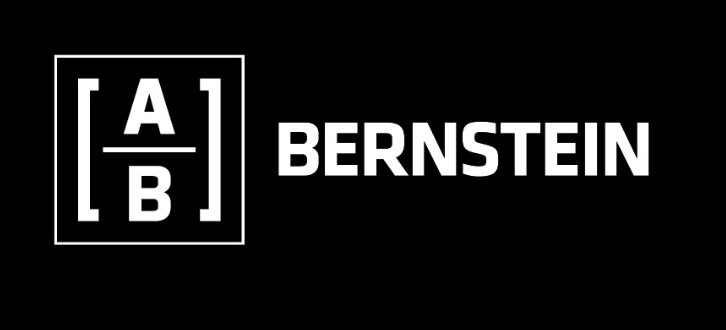
While digital technology opens the door to new protagonists and new formats, competition for the most attractive locations remains high with advantages for mega brands and strong pressure on costs, investments and sales.

The personal luxury goods market recorded a solid performance in 2018, with a rise of 2% in Euros, and 6% at constant rates: so growth was unchanged growth in percentage real terms compared to the previous year.

With a 5% growth forecast for next year, personal luxury goods consumption are confirmed in constant growth, regardless a series of political and economic exogenous factors that has become more threatening in the second half of 2018 and may have a further impact at the end of next year

After a positive 2017, in the first nine months of 2018, Tax-Free Shopping in Europe recorded a downturn in sales (6%), attributable primarily to the appreciation of the Euro against the main currencies, particularly the dollar and the Chinese renminbi. Against a fall in the number of transactions, the Global Blue figures however registered an increaseof 2% in the value of the average European receipt.

According to the Altagamma Monitor of the World Markets, the global market of high-end personal goodswill reach €276-281 billion in 2018, with a constant growth rate of between 6% and 8%. “China” and “millennial state of mind” are the key words of the positive trend of a healthy market, which will reach a total of €390 billion in 2025, growing at a mean annual rate of 4-5%.


The Altagamma Consensus 2018 indicates significantly higher consumption growth forecasts (5%-6%) than the October 2017 forecasts. With regard to the product categories, a considerable if not unexpected growth forecast for leather bags, shoes and accessories (+7%)is recorded. The 7% growth of jewels and watches is more unexpected. Apparel is expected to grow by +3%, an average between the excellent performance of more creative collections and the more traditional collections, the latter growing only slightly. A growth rate of +3% is forecast for fragrances and cosmetics, more than in past years.

The market of the fifteen most important wine drinking countriesis worth €160 billion, with the Top Winessegment representing approximately 7% with a value of €11 billion.The United States represents the largest market at €36 billion (with top wines constituting 9%), while in Europe Italy stands in second place at €13.1 billion (top at 8%), behind France (€22.5 billion, top at 15%) and after Spain (€8.7 billion, top at 5%).

The study confirmed the strategic pre-eminence of the on-line market: the digital distribution of luxury products has now reached an inflection point, beyond which we expect a rapid acceleration in growth. Physical retail is swiftly becoming a concept of the past, which needs to be built into the development of digital technologies.

30% of total luxury consumption around the world (€900bn, +6%) is made by only 18 million elite consumers. Chinese and millennials are the main factors behind both current growth and that estimated in 2024 (€1,260bn). The key players are nouveaux riches from emerging countries and the young inhabitants of the world’s great metropolises.
The forecasted trend for 2016 is optimistic with a moderate growth across categories in line with recent market trends. Apparel +3%, Art de la Table +2%, Hard Luxury +3%, Accessories +4%, Cosmetics & Perfume +4%. The main markets are expected to grow as well (at constant prices); leading the ranking Europe +4% and Japan +5%. While Northern America is estimated to grow at +3%, Latin America at +1%. Eventually, the Middle East is forecasted to slow down its growth, +3%, because incoming Russian tourism is shrinking. EBITDA YoY% for 2016 is expected at +4%.
The personal luxury goods market accounted for 224 billion euros in 2014, a growth of 3% from 2013 (+4% at constant exchange rate). The positive trend continues in the first quarter of 2015 thanks to a weak euro that is driving nominal market growth of 12-13% (vs. 2-3% of real market growth). The full year growth is expected between 2% and 4% at constant exchange rate; this will presumably create a significant growth for the Euro.
Tax-Free Tourist Shopping boomed in Europe, recording a 26% increase in the first nine months of 2015 with respect to the same period last year. Chinese tourists were the biggest spenders (36% of the European market) and there was a comeback from the Americans (+57%), who hold a 5% market share. Italy is one of the preferred destinations for international tourists with an increase in purchases by the Chinese (+71%) making up for lower spending by the Russians (-42%, but still in second position). The impact of Expo Milan 2015 is unclear: Global Blue shows a positive trend in the whole of Europe, as if the EXPO has had a widespread effect. The Luxury segment recovered, accounting for more than 49% of the total.
Per le aziende pubbliche dei settori Food e Hospitality si è registrato un leggero calo del volume d’affari, pari allo 0,5%, in controtendenza rispetto agli anni precedenti ma con un cospicuo numero di aziende capaci comunque di crescere. A fronte della minore redditività degli investimenti e all’assottigliamento dei margini, le aziende analizzate hanno incrementato gli investimenti per crescita organica e per operazioni straordinarie, segno di una fiducia generalizzata e di processi di consolidamento in atto nei settori.
For listed fashion and luxury companies, 2014 confirmed the positive trends with regard to sales, ROI and investments. Medium-sized companies performed best. The number of stores fell with companies focused on restructuring and optimising their networks rather than expanding them. Luxury goods remain the most profitable segment but for the first time sales (+4.5%) grew less than the average (+6.3%). The differential in terms of ROI also decreased (+15.7% against a +12.1% average). High-end companies invested more in their networks of stores (7.5% v. 3.8%).
With online sales of €14bn and 27% growth since 2009, personal luxury goods account for 6% of the total. The category is driven by monobrand websites (28% of the total), by beauty and clothing products (7% of total online sales), especially in the segment of accessible luxury, where 8.5% of sales are done online. UK is the first online market with sales at 11%. In general, online dominates personal luxury consumption in ¾ of the cases
The increasing number of millionaires in the main Sub-Saharan cities (32.000 solely in South Africa) is igniting the consumption of luxury goods (especially in clothing and footwear). South Africa, Nigeria and Angola account for more than 50% of Italian exports to the African Sub-Saharan region. South Africa is the regional leader, but Nigeria and Angola have also experienced significant growth in GDP per capita between 2000 and 2013 (of +91% and +121% respectively.
2015, luxury goods forecast: expected increase of 5% in Europe and Japan, 3% in the Americas and 4% in Middle East and the rest of the world. A more limited growth is expected for Asia at +2% vs. 2014. While the growth for footwear, bags, watches and jewellery is expected at +4%, clothing, perfumes and cosmetics at 3%.
After a short period of stagnation, the Tax Free market in Europe is growing again and, regardless of the drop in purchases by Russians, April 2015 registered a sales increase of 7%, across all European countries with the exception of the UK (-2% compared to the same period the previous year.
The first study by Fondazione Altagamma on design. The Italian enterprises have been pioneers and are still undisputed leaders of the luxury market (Core Design) which is valued at €29 million. Italian brands hold approximately 30% (€8.3bn) of the market share and more importantly 39% (€7bn) of the highest segment (Pure Design)
A global increase of the number of luxury consumers: there are 390 million luxury consumers who accounted for €755bn spent in 2014 (unbranded goods included). The number of consumers is expected to increase to 465 millions in 2012 when expenditure will reach €1.015bn. Personal luxury is forecasted to increase by 4.7% compound annual growth, driven by jewellery, watches and leather goods. Experiential luxury is expected to grow by 6.7% compound annual growth thank to travel and lodging. This study focuses on the 15 million Top Luxury consumers. Even though they only account 4% of all luxury consumers, they have been driving growth in 2014 registering expenditures of €220bn in 2014.
According to the EXANE BNP Paribas study, luxury brands have progressively transformed into retailers. The like-for-like performance analysis (new openings are excluded) has to drive investments in retail. In a development phase, luxury companies can benefit from online platforms and more aggressive CRM tactics to increase profits and returns on investment